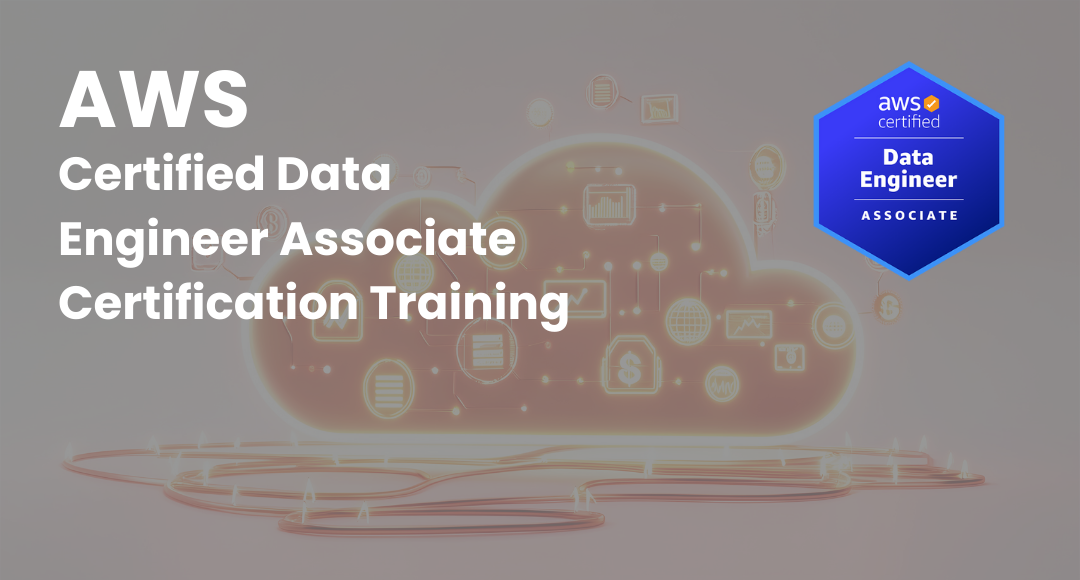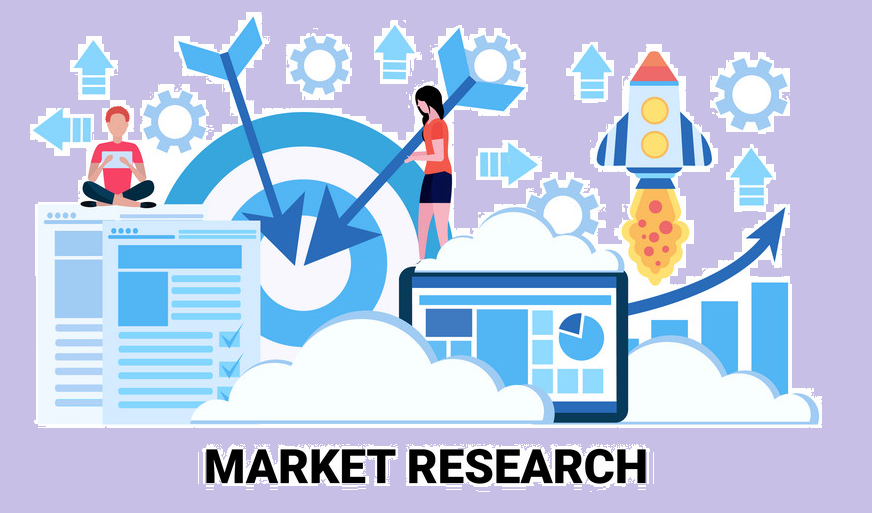Scalability in Cloud Computing Explained
-
 By Prajwal
By Prajwal - Published on Mar 9 2023

Table of Contents
Introduction
These days many businesses are moving their infrastructures to the cloud. In simple terms, businesses are using cloud computing facilities to make their operations more effective and efficient. The various benefits of having a business infrastructure in the cloud has led to more and more businesses migrating their applications, operations, and data to the cloud.
Cloud scalability is the ability to add or remove resources according to the business needs, without spending extra money on new hardware.
With the growth of businesses in a cloud system, scalability in cloud computing becomes necessary. Before learning about the features of scalability in cloud computing, let us know the benefits of this scalability.
Benefits of Cloud Scalability
The benefits of cloud computing are plenty. While scalability is just a part of it. Some of the benefits of scalability in cloud computing are given below:

Cost efficiency:
Cloud Scalability allows businesses to scale up or down according to their customer’s demands, this allows the business to save the costs of resources spent on hardware and its maintenance personnel.
Improved Performance:
Scalability in cloud computing leads to the improvement in the performance of all operations taking place, as it provides the ability to scale up or down according to circumstances and need.
Increased Flexibility:
The company can scale up and down quickly and easily by using the cloud. Using their resources according to the demand, the company can stay competitive.
Increased Reliability:
The company can provide improved customer support by relying on the scalability of cloud computing and make sure that the service remains available even in case of scaling.
Lower Maintenance Costs:
The cloud scalability assures that the cost of managing hardware no longer remains a problem for the company.
Improve Power:
The company is able to leave the issues with the computing power, storage space and hardware maintenance. This allows them to concentrate on the core operations that could provide more value to the customers.
Achieve Cloud Scalability?
Scalability in cloud computing needs to have a strategy in order to improve the efficiency of the usage of resources. The workload of the company should be analyzed thoroughly. The strategy should include the components that you will add or remove, to make the process of scaling easier.
Let us discuss some of the scalability tools and techniques that will help improve our scalability strategy.

Load Balancing:
Load balancing distributes incoming internet traffic across multiple servers to maximize network efficiency and reduce latency. This balancing helps ensure the server is manageable and keeps performance levels high.
Containerization:
Containerization is a technology that allows packaging applications into isolated containers that can be scaled up quickly and easily. This containerization provides increased flexibility and scalability of the software.
Auto-Scaling:
It is a process that automatically adds or removes resources from a system based on actual usage. This auto-scaling ensures that the system can scale up or down to meet the changing needs of the application.
Resource Allocation:
Resource allocation allocates resources to applications to optimize performance. This allocation allows for more efficient use of resources and more effective scaling.
Automation:
Automation helps to automate tasks, such as provisioning, deployment, and scaling of applications. This automation helps to scale applications without manual intervention quickly.
Infrastructure as Code (IaC):
Infrastructure as Code (IaC) allows developers to define the infrastructure they need and deploy it with a single command. This IaC makes it easier to scale applications quickly.
Cloud Monitoring:
Cloud monitoring helps to identify bottlenecks and scale up or down resources as needed, which helps to ensure that applications run smoothly even during traffic spikes.
Using these tools and techniques you can enhance the scalability of your company and in turn, help your company improve its performance and availability for its customers.
Different Types of Scaling
There are different types of scaling that are based on the different needs of the company. There are three major types.

Vertical scaling:
In vertical scaling there is an addition of resources to the existing servers, to increase its capacity or capability. Vertical scaling enables your applications to run faster and handle more load without purchasing a new server or instance. And vertical scaling is a popular choice for cloud computing because it is relatively easy to do and does not require any changes to the existing infrastructure.
Horizontal scaling:
In horizontal scaling there is an addition of more servers to the system. This scaling is often used to improve the cluster's processing power, allowing applications and services to handle more concurrent requests or to process more significant amounts of data.
This type of scaling is often used to improve performance or to handle increased traffic.
Diagonal scaling:
In this type, the scaling is done both vertically and horizontally. allowing for the addition of new machines to both the columns and rows of cloud infrastructure simultaneously. Additionally, diagonal scaling can improve the fail-over capability of cloud infrastructure by increasing the number of servers that can be used in a distributed architecture.
Using these scaling techniques and incorporating them into your company’s strategies will allow you to have a tight grip on your company’s value production and customer satisfaction.
Determine Optimal Cloud Scalability
One of the first questions to ask yourself would be about the requirements – How much storage, memory and processing power do you really need?
IT administrators must continually measure factors such as response time, number of requests, CPU load and memory usage. Scalability testing also measures an application’s performance and ability to scale up or down depending on user requests.
After figuring out the exact number of things that you require to add or remove. Proceed with the addition or subtraction.
Your optimal cloud scalability strategy would be based on the requirements of your company as well as the demands of your customers.
Conclusion
After learning all about scalability, Its benefits, types and how to achieve it. You are armed with the knowledge and are ready to apply it to your career.
Among the various cloud computing courses choose the one that suits your taste. Explore them in our website’s course page.
The future of cloud computing looks promising, be one of the first ones to capitalize on that future. Cloud computing will be much more important in the coming years. Scalability in cloud computing might turn into something unfathomable and immensely essential, so make sure you are prepared for that revolution.
Learn about various professions in cloud computing and their corresponding courses. You will find most of them in the course pages of our website.
Some the courses of Sprintzeal, related to cloud computing are:
The list goes on.
Subscribe to our Newsletters
Popular Programs
AWS Certified Solution Architect Professional
Live Virtual Training
- 4.7 (300 + Ratings)
- 71k + Learners
AWS Certified DevOps Engineer Certification Training
Live Virtual Training
- 4.9 (400 + Ratings)
- 64k + Learners
Microsoft Azure Administrator Associate AZ-104
Live Virtual Training
- 4.8 (560 + Ratings)
- 66k + Learners
Microsoft Azure Infrastructure Solutions (AZ-305)
Live Virtual Training
- 4.1 (560 + Ratings)
- 41k + Learners
Trending Posts
Career in Cloud Computing or Cyber Security
Last updated on Feb 11 2025
AWS Architect Interview Questions - Best of 2026
Last updated on Feb 24 2023
Spotify Cloud: Powering Music Streaming Worldwide
Last updated on Jan 8 2025
Azure Pipeline Creation and Maintenance
Last updated on May 16 2023
IoT Security Challenges and Best Practices-An Overview
Last updated on Mar 20 2023
Amazon Certifications: List of Top AWS certifications in 2026
Last updated on Feb 7 2024
Categories
- Other 69
- Agile Management 47
- Cloud Computing 56
- Project Management 173
- Big Data 66
- Business Management 88
- Digital Marketing 78
- IT Service Management 29
- Programming Language 58
- AI and Machine Learning 77
- IT Security 112
- Quality Management 78
- IT Hardware and Networking 26
- Microsoft Program 4
- Workplace Skill Building 13
- Risk Management 9
- Information Security 8
- Leadership and Management 9
- Corporate Training and Development 1
Trending Now
Azure Vs Aws - Which Technology Is Better
ebookThe Impact of Internet of things on Marketing
ebookAWS Lambda - An Essential Guide for Beginners
ebookCareer in Cloud Computing or Cyber Security
ebookImpact of AWS Certification On Cloud Computing Jobs
ebookAmazon Certifications: List of Top AWS certifications in 2026
ebookAWS Interview Questions and Answers 2026
ebookAmazon Software Development Manager Interview Questions and Answers 2026
ebookAWS Architect Interview Questions - Best of 2026
ebookHow to Become a Cloud Architect - Career, Demand and Certifications
ebookWhat is Cloud Computing? - Fundamentals of Cloud Computing
ebookAWS Solutions Architect Salary in 2026
ebookAmazon EC2 - Introduction, Types, Cost and Features
ebookAWS Opsworks - An Overview
ebookAzure Pipeline Creation and Maintenance
ebookCI CD Tools List - Best of 2026
ebookTrends Shaping the Future of Cloud Computing
ebookContinuous Deployment Explained
ebookDevOps Career Path – A Comprehensive Guide for 2026
ebookTop Kubernetes Tools in 2026
ArticleBenefits of Cloud Computing in 2026
ebookJenkins Interview Questions and Answers (UPDATED 2026)
ArticleA Step-by-Step Guide to Git
ArticleIoT Security Challenges and Best Practices-An Overview
ebookHow to Learn Cloud Computing in 2026 - A Brief Guide
ArticleCloud Engineer Roles and Responsibilities: A complete Guide
ebookTypes of Cloud Computing Explained
ArticleCloud Engineer Salary - For Freshers and Experienced in 2026
ArticleEssential Cybersecurity Concepts for beginners
ebookWhat is a Cloud Service - A Beginner's Guide
ebookTop 3 Cloud Computing Service Models: SaaS | PaaS | IaaS
ArticleWhat is Private Cloud? - Definition, Types, Examples, and Best Practices
ebookWhat Is Public Cloud? Everything You Need to Know About it
ArticleTop 15 Private Cloud Providers Dominating 2026
ebookWhat Is a Hybrid Cloud? - A Comprehensive Guide
ebookCloud Computing and Fog Computing - Key Differences and Advantages
ebookAzure Architecture - Detailed Explanation
ArticleMost Popular Applications of Cloud Computing – Some Will Shock You
ArticleTips and Best Practices for Data Breaches in Cloud Computing
ArticleWhat Is Edge Computing? Types, Applications, and the Future
ArticleMust-Have AWS Certifications for Developers in 2026
ArticleSalesforce Customer Relationship Management and its Solutions
ArticleCutting-Edge Technology of Google Cloud
ArticleSpotify Cloud: Powering Music Streaming Worldwide
ArticlePublic Cloud Security Checklist for Enterprises
Article12 Best Managed WordPress Hosting Services in 2026
ArticleLatest Azure Interview Questions for 2026
ArticleTop Coding Interview Questions in 2026
ArticleLatest Cloud Computing Interview Questions 2026
ArticleSafe file sharing for teams: simple rules that work
ArticleMy learning path to become an AWS Solutions Architect
ArticleClient Server Model—Everything You Should Know About
ArticleWhat Is Microsoft Azure? A Complete Cloud Computing Guide for 2026
ArticleDocker Tutorial for Beginners: Containers, Images & Compose
ArticleGit Merge vs Rebase: Differences, Pros, Cons, and When to Use Each
Article


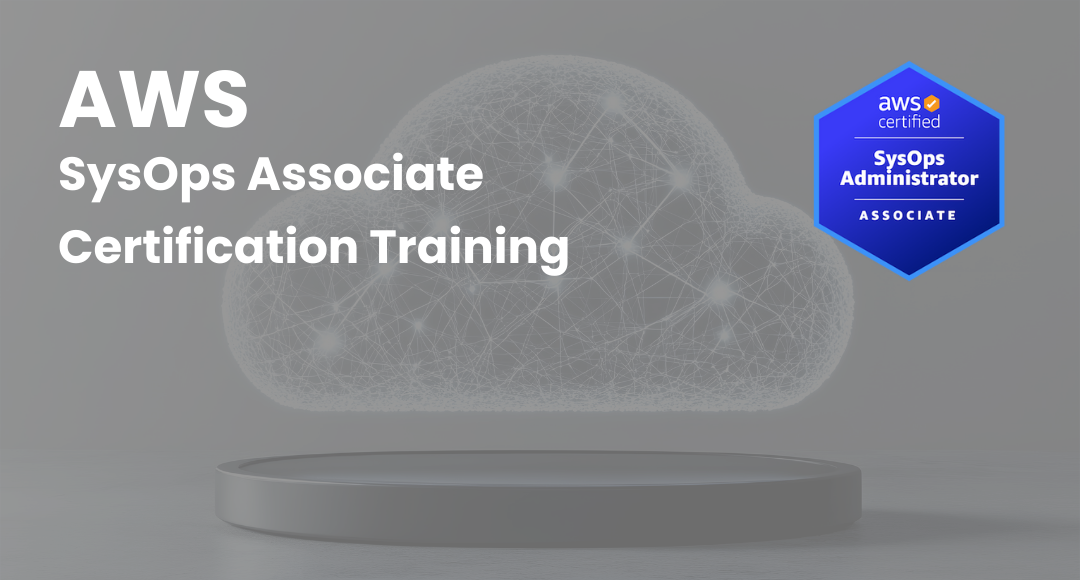

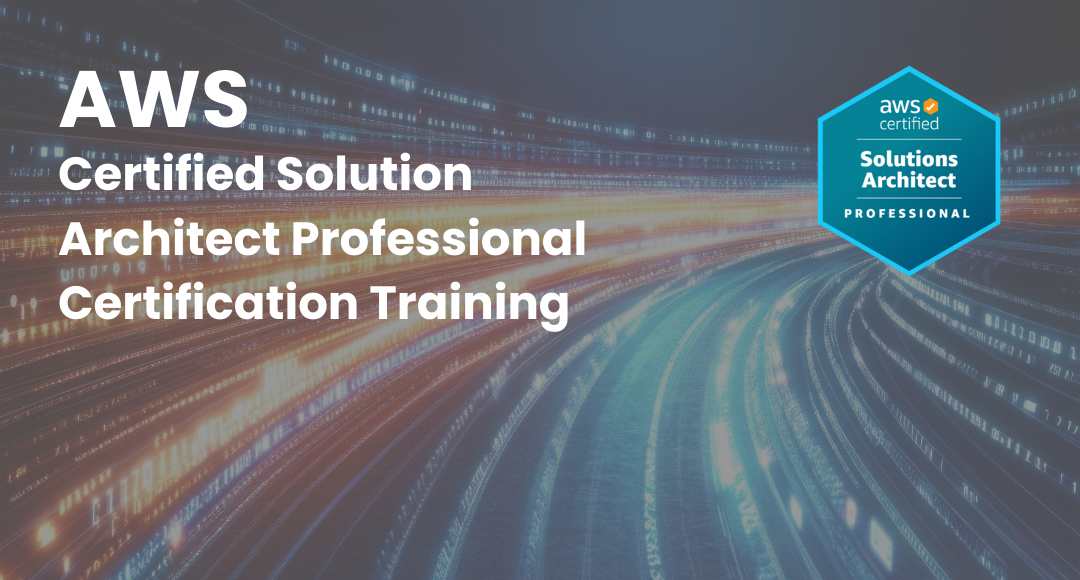


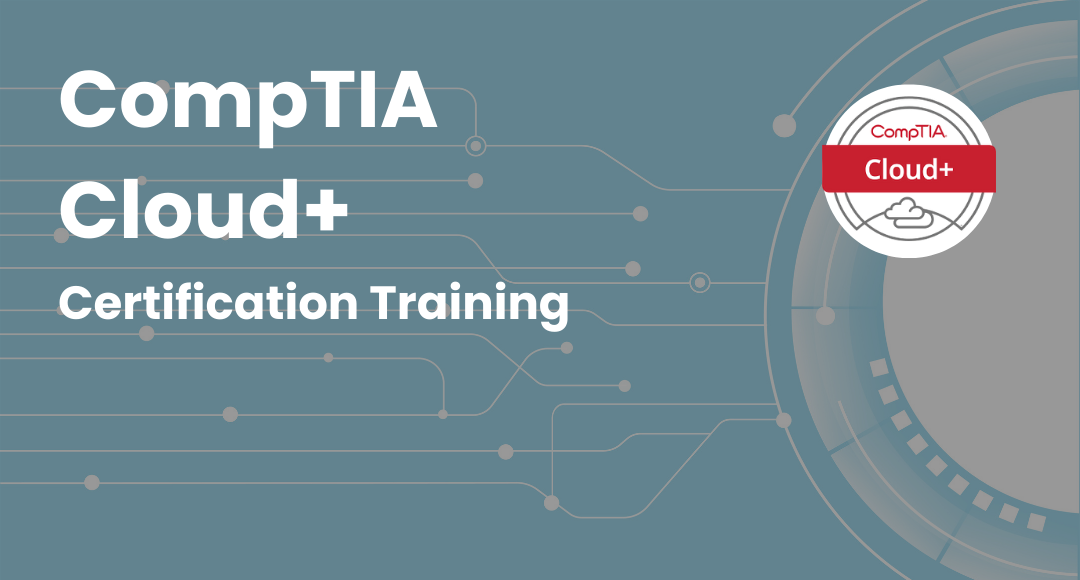
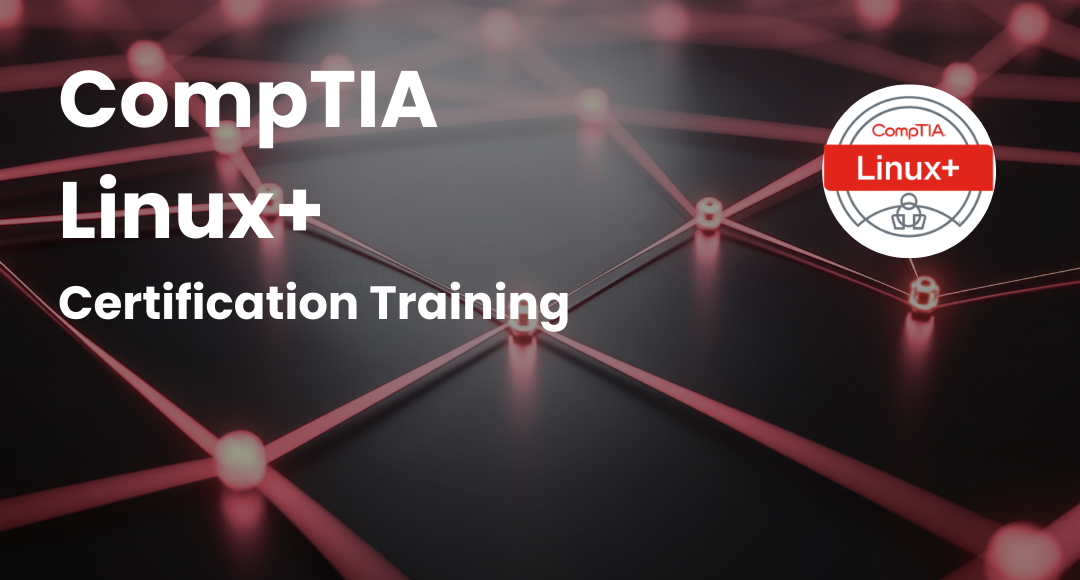
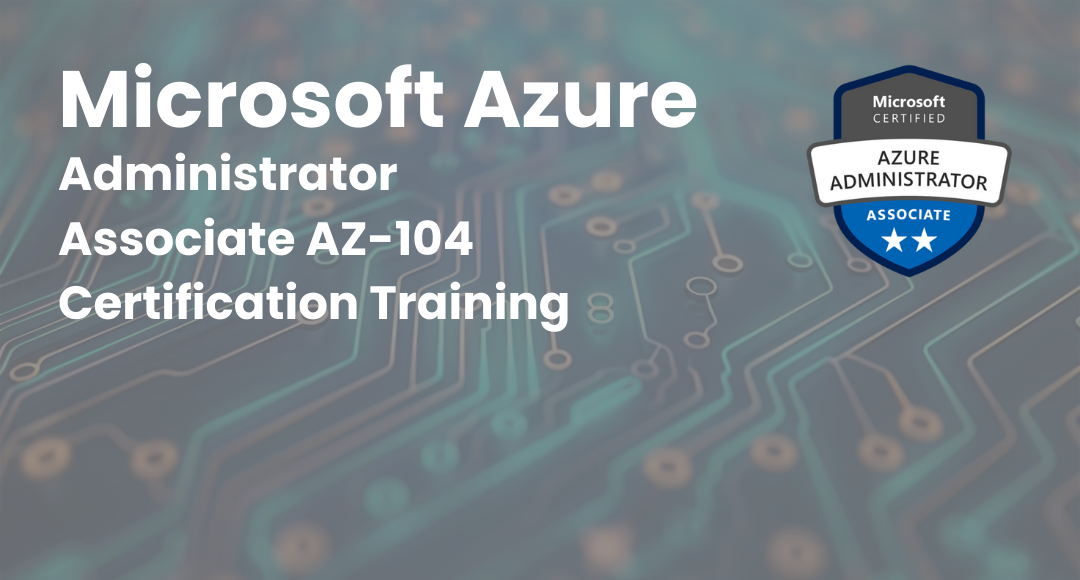
.png)
